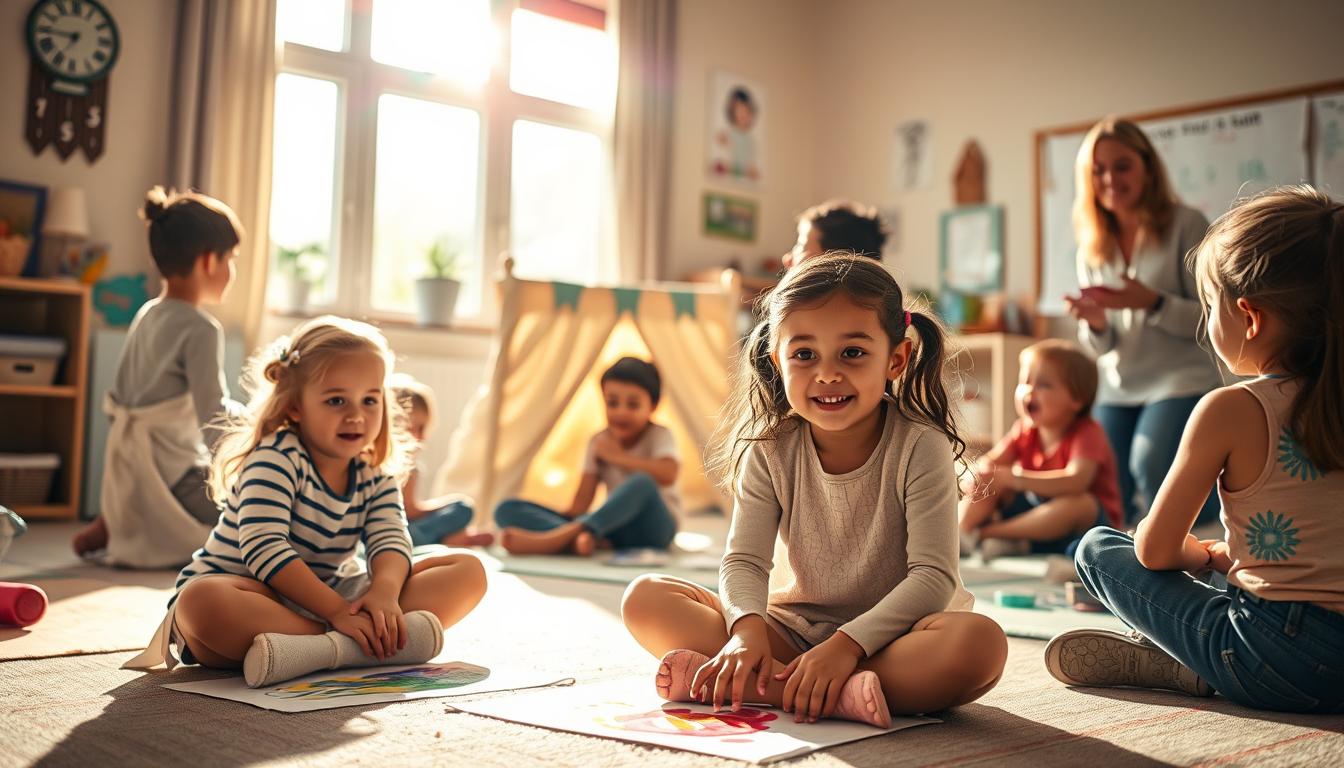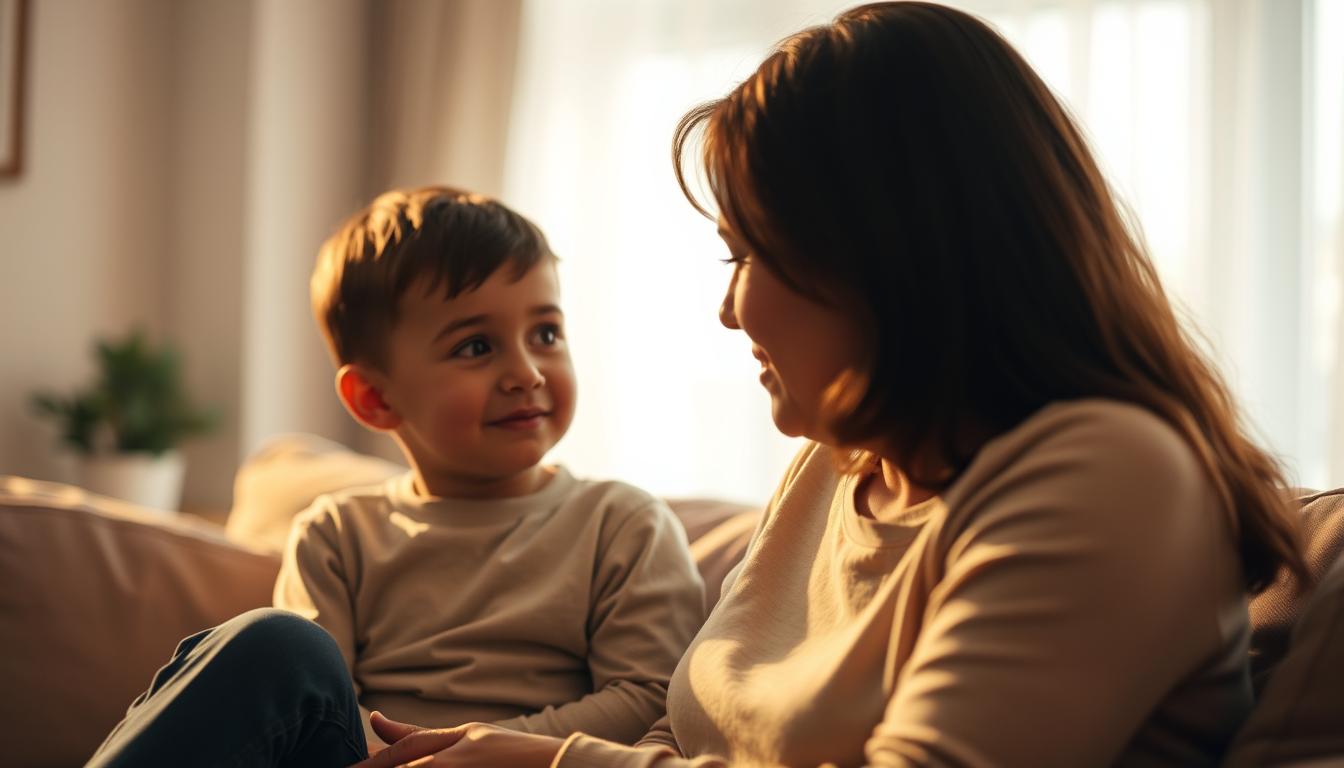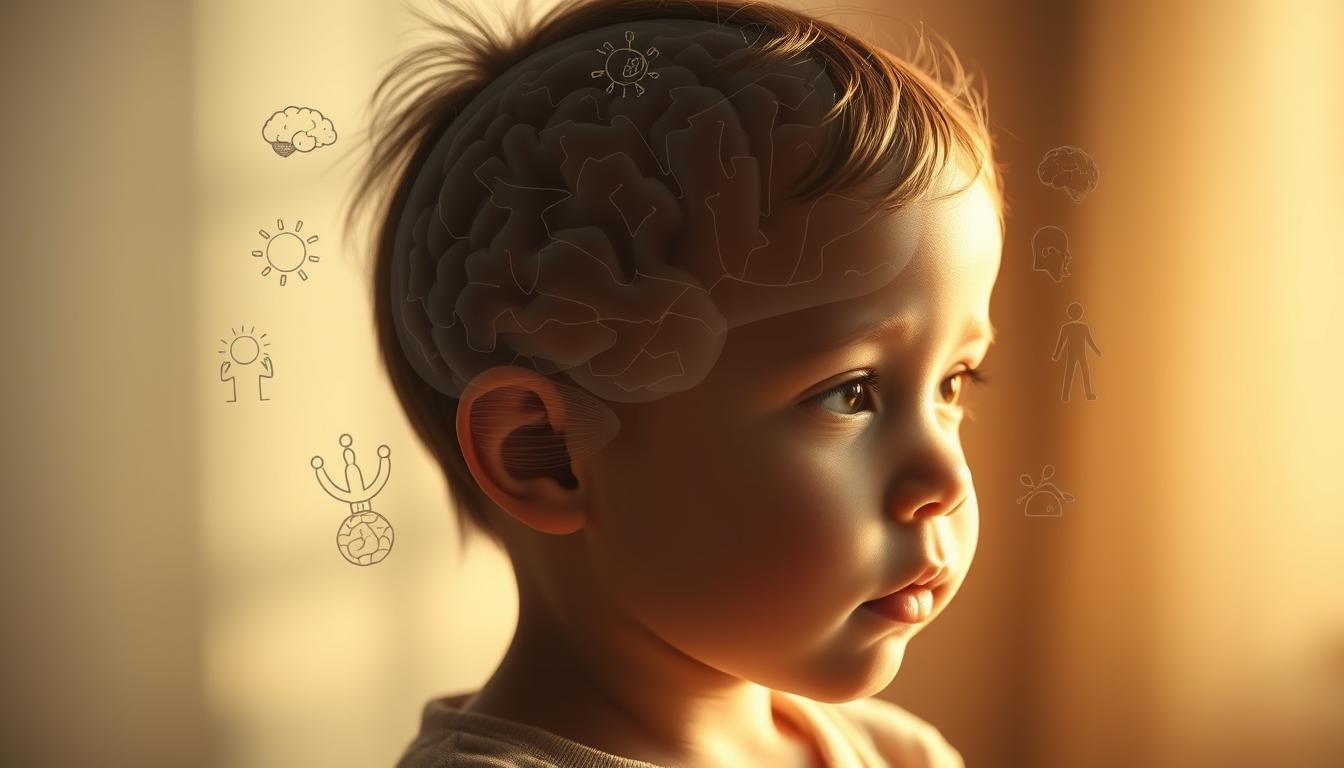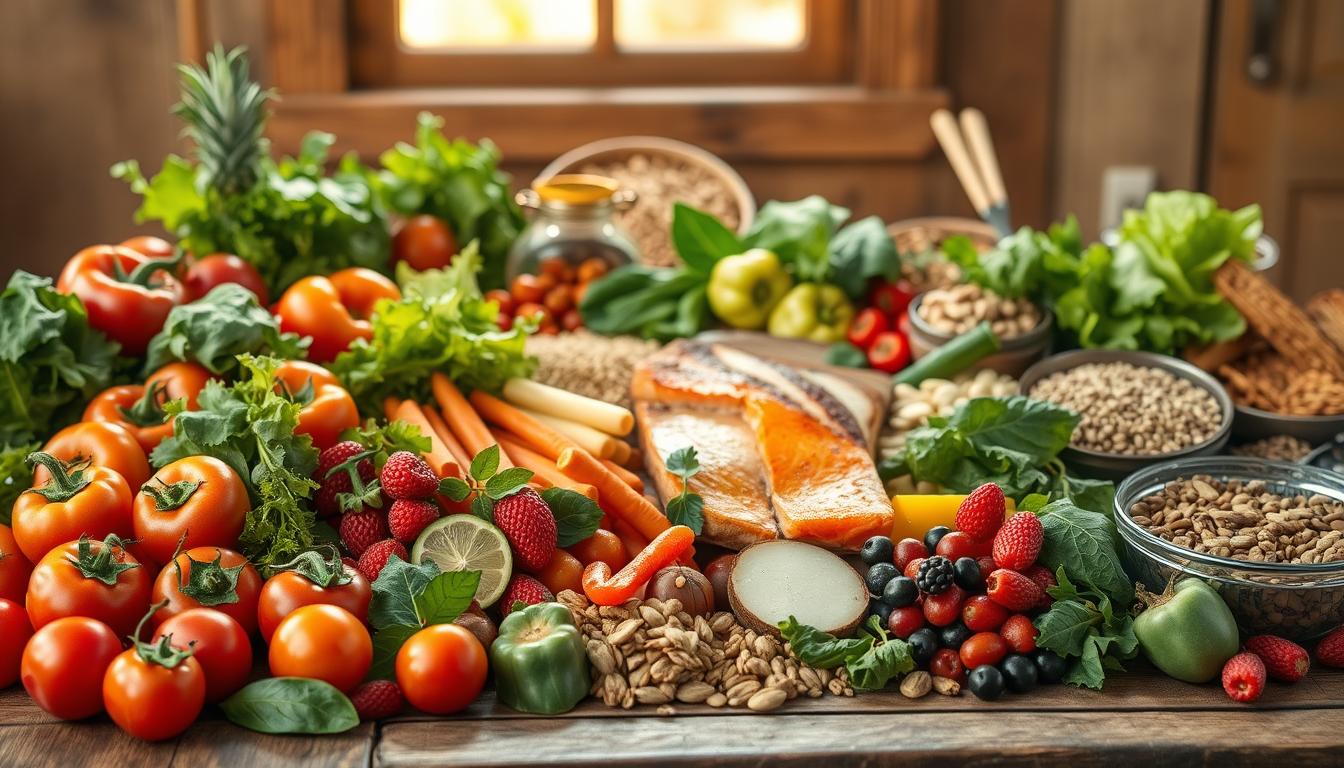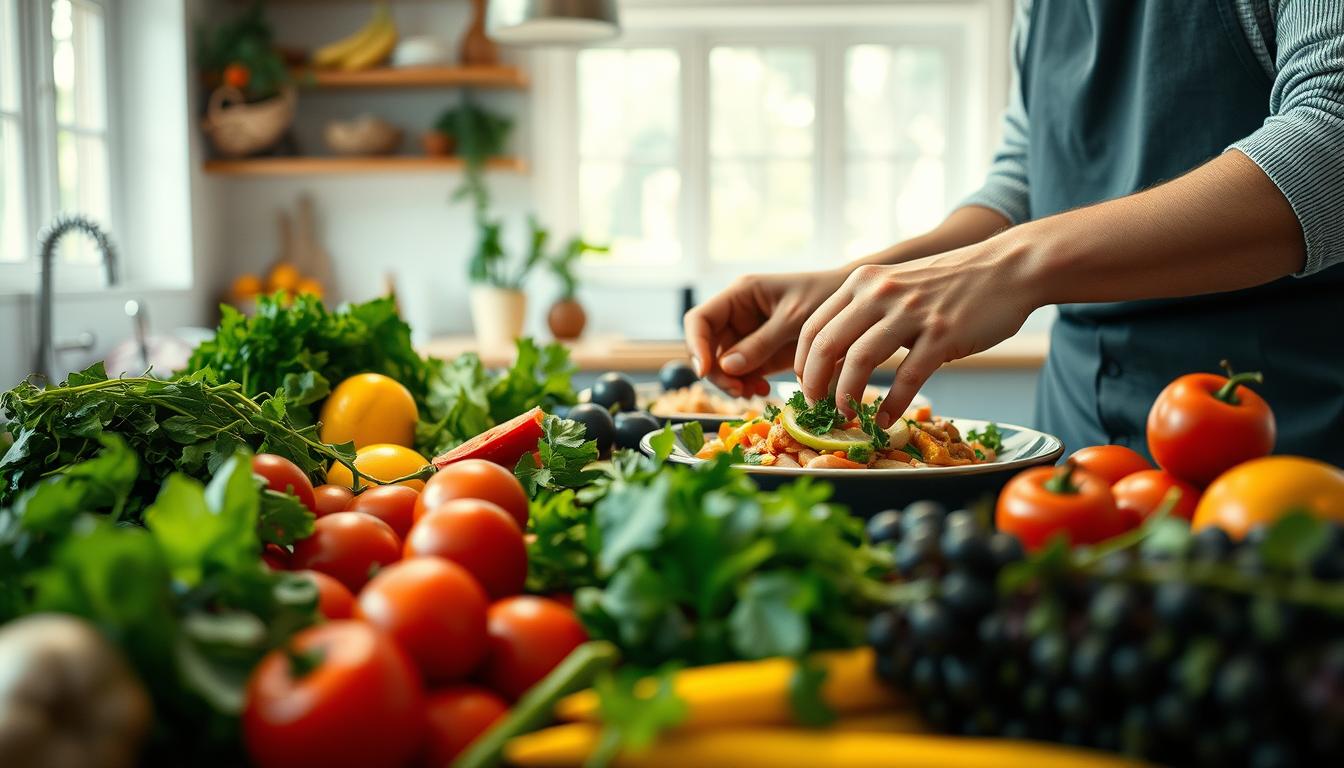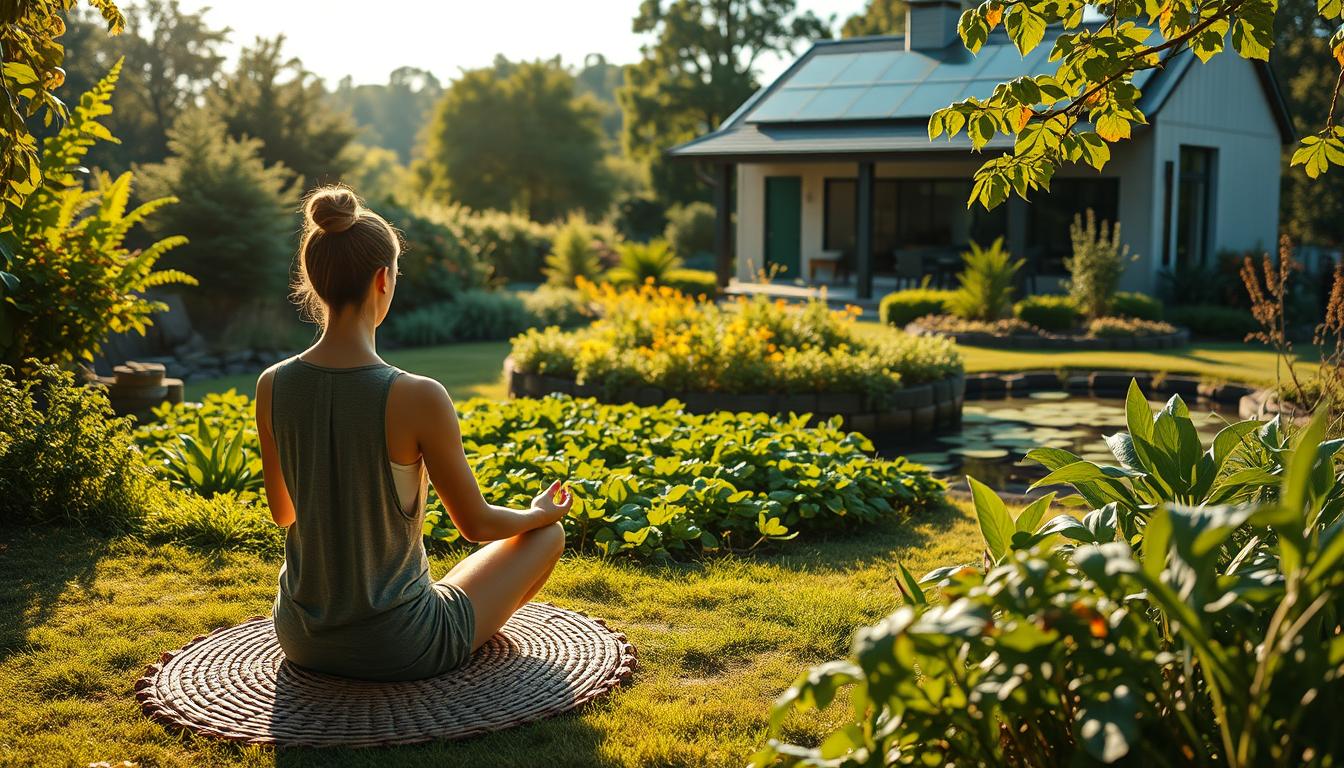Category
Recent Comments
Shop Categories
-
 Baby & Maternity22 products
Baby & Maternity22 products -
 Beauty & Health22 products
Beauty & Health22 products -
 Books & Media22 products
Books & Media22 products -
 Cell Phones & Accessories11 product
Cell Phones & Accessories11 product -
 Colors11 product
Colors11 product -
 Digital Products22 products
Digital Products22 products -
 Featured44 products
Featured44 products -
 Fun11 product
Fun11 product -
 Health & Household33 products
Health & Household33 products -
 Jewelry & Accessories22 products
Jewelry & Accessories22 products -
 Kids' Fashion11 product
Kids' Fashion11 product -
 Preschool Learning11 product
Preschool Learning11 product -
 Sports & Outdoors33 products
Sports & Outdoors33 products -
 Toys & Games22 products
Toys & Games22 products -
 Most Popular66 products
Most Popular66 products -
 New Arrival55 products
New Arrival55 products -
 On Sale77 products
On Sale77 products
Popular
-
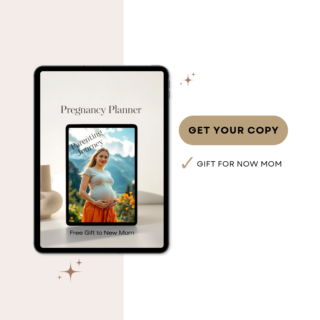 Free Parenting Journey Planner: Doctor Visits & Baby Prep
Free Parenting Journey Planner: Doctor Visits & Baby Prep
5.00 $Original price was: 5.00 $.0.00 $Current price is: 0.00 $. -
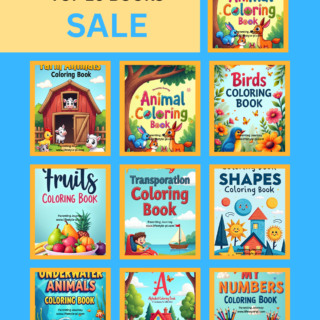 Top 10 Preschool Coloring Book Bundle
Top 10 Preschool Coloring Book Bundle
50.00 $Original price was: 50.00 $.14.99 $Current price is: 14.99 $. -
 86pcs/set Elegant Retro Earrings, Multi-layer Necklace, Earrings, Rings, Four-in-one Multi-piece Jewelry Set for Women, Ideal for Daily Outing, Commuting, Mother's Day, Valentine's Day Gifts, No Box
Rated 5.00 out of 5
86pcs/set Elegant Retro Earrings, Multi-layer Necklace, Earrings, Rings, Four-in-one Multi-piece Jewelry Set for Women, Ideal for Daily Outing, Commuting, Mother's Day, Valentine's Day Gifts, No Box
Rated 5.00 out of 514.99 $Original price was: 14.99 $.4.17 $Current price is: 4.17 $. -
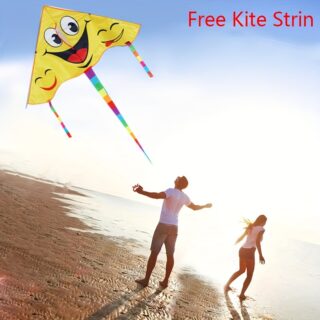 Smiling in the Sky Kite with Free Flying String - Durable Polyester, Mixed Colors, Perfect for Outdoor Fun
Rated 5.00 out of 5
Smiling in the Sky Kite with Free Flying String - Durable Polyester, Mixed Colors, Perfect for Outdoor Fun
Rated 5.00 out of 56.99 $Original price was: 6.99 $.1.35 $Current price is: 1.35 $. -
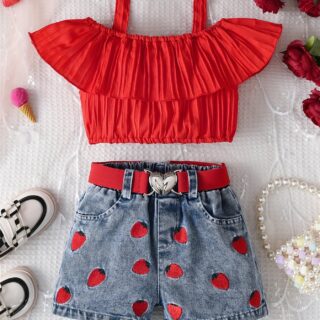 Chic Girls' Summer Outfit Set: Strawberry Embroidered Off-Shoulder Top & Heart Belted Shorts - Breathable Polyester, Machine Washable, Perfect for Outdoor
Rated 5.00 out of 5
Chic Girls' Summer Outfit Set: Strawberry Embroidered Off-Shoulder Top & Heart Belted Shorts - Breathable Polyester, Machine Washable, Perfect for Outdoor
Rated 5.00 out of 519.89 $Original price was: 19.89 $.6.39 $Current price is: 6.39 $. -
 1pc Frameless Oversized Gradient Fashion Glasses for Women, Polygonal Metal Hinge, PC Lens, Fashionable UV Protection Eyewear for Outdoor Activities
Rated 5.00 out of 5
1pc Frameless Oversized Gradient Fashion Glasses for Women, Polygonal Metal Hinge, PC Lens, Fashionable UV Protection Eyewear for Outdoor Activities
Rated 5.00 out of 53.47 $Original price was: 3.47 $.2.05 $Current price is: 2.05 $.
Tag Clouds
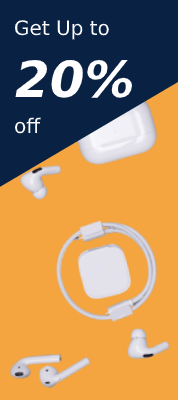
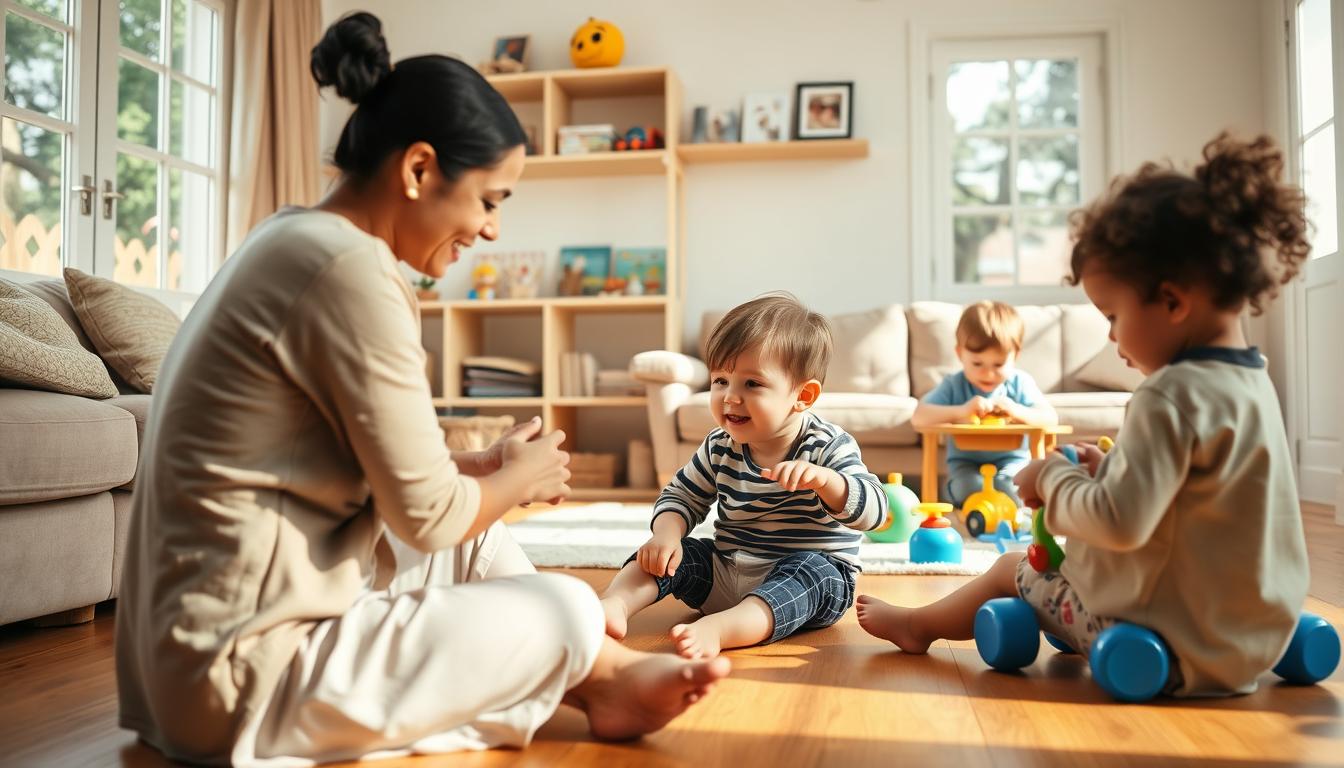
Have you thought about if your discipline is good for your child? Positive discipline is a great way to teach and care for your child. It helps them grow emotionally and makes your bond stronger.
Learning gentle discipline helps your child handle feelings and stay safe. It’s a key part of positive parenting.
We will explore more about managing toddler behavior. We’ll also see how to create a learning and respectful environment.
- Positive discipline focuses on teaching instead of punishment.
- Building strong emotional connections is key for good parenting.
- Gentle discipline helps kids manage their feelings.
- Being consistent helps manage toddler behavior better.
- Positive discipline promotes talking and safety for kids.
What is Positive Discipline?
The positive discipline approach teaches your child instead of just punishing them. It creates a safe space for learning. This helps your child feel secure and understood.
It’s about knowing how your child thinks and acts. This way, you can help them when they want to do things on their own.
Offering emotional support and clear rules helps your child learn what’s right. It’s a chance to teach and connect with them. This method helps your child understand right from wrong while feeling supported.
Focus on Teaching, Not Punishing
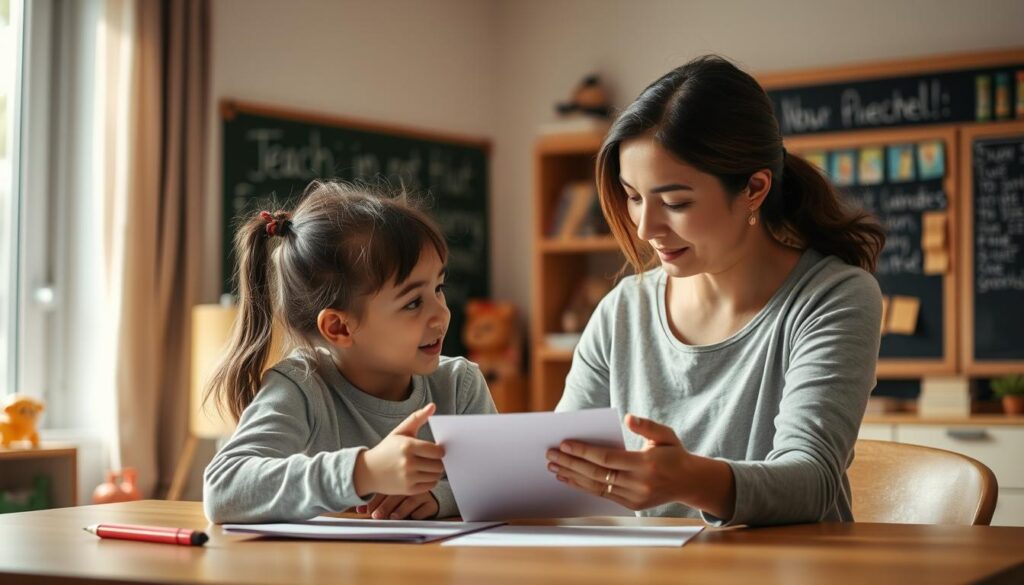
Positive discipline is all about teaching, not punishing. It’s about showing kids why they act a certain way. This helps them learn and grow.
It’s about being a good example and explaining rules clearly. When kids make mistakes, use consequences that help them learn. This way, they learn to make better choices on their own.
Using positive parenting changes how kids listen to you. It’s about being supportive and helping them learn. This approach helps kids grow and behave better in the long run.
Long-Term Goals of Positive Discipline
Positive discipline helps your child grow into a successful person. It teaches them to be self-disciplined and empathetic. These skills are key for their emotional health and social life as they get older.
By teaching good behavior, you make your child feel safe and understood. This helps them control their feelings and solve problems well. You’re preparing them for strong relationships and emotional strength, helping them succeed in many areas of life.
Respectful Relationships with Your Child
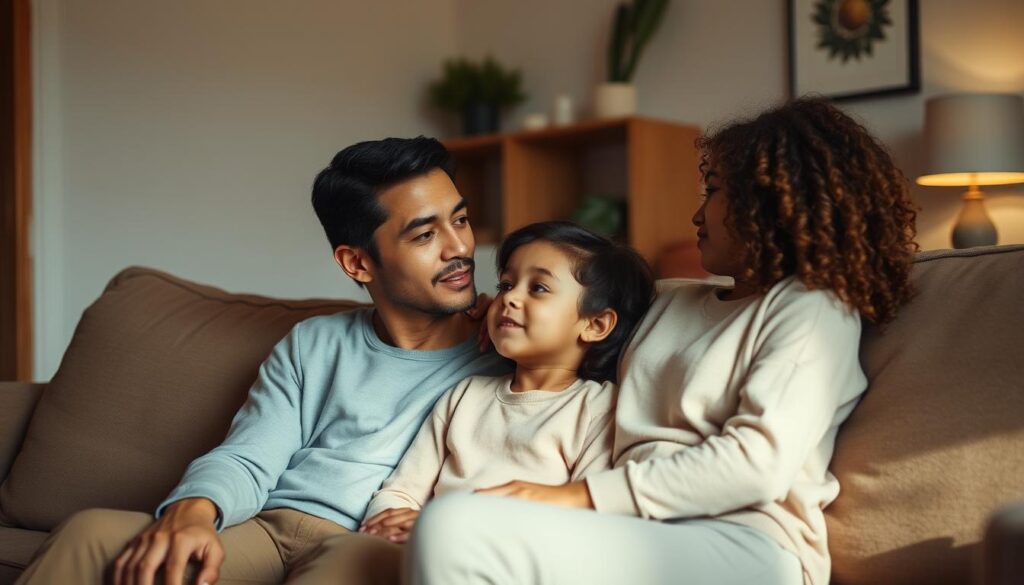
Building a respectful relationship with your child is key for good parenting. This means respectful parenting, where you really get your child’s feelings and treat them well. When talking to your child, listen well and show you understand them.
This shows your child you care and makes them feel heard. It’s a strong base for respect. It makes kids feel safe, supported, and valued.
They will likely act better because they know their thoughts and feelings matter. Focusing on promoting emotional connections makes your bond stronger. It builds trust and security, leading to open talks.
It’s NOT Permissive
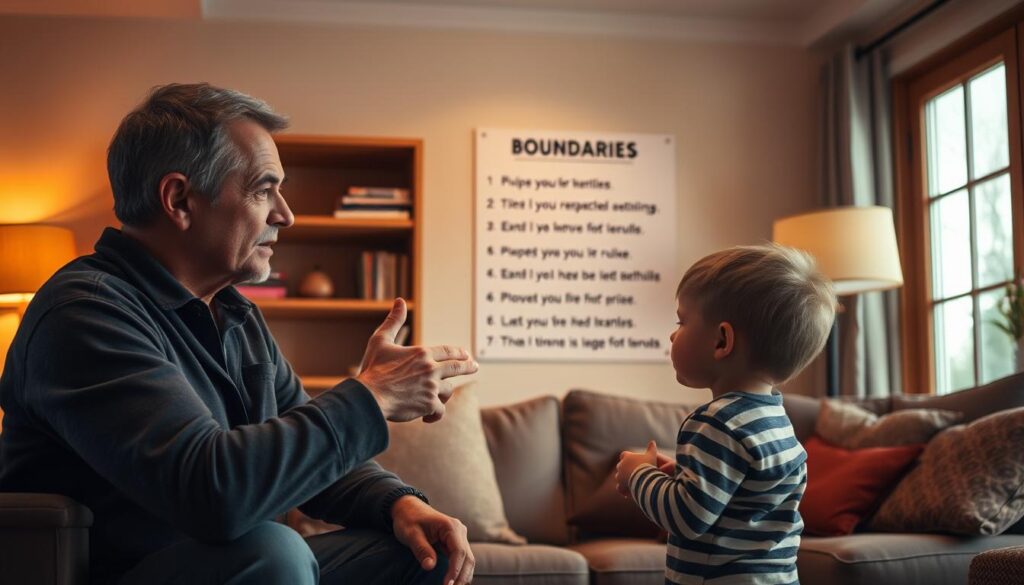
Many parents think positive discipline means being too soft. But setting boundaries in parenting is key. It helps kids know what they can and can’t do.
Good discipline is about being firm but caring. This way, you can teach your child right from wrong. They learn to be independent and make good choices.
Talking to your child about understanding child limitations is important. Tell them why some actions are wrong and what happens if they do it. This helps them respect themselves and others.
Beyond “No!”: Positive Discipline Strategies for Toddlers & Preschoolers
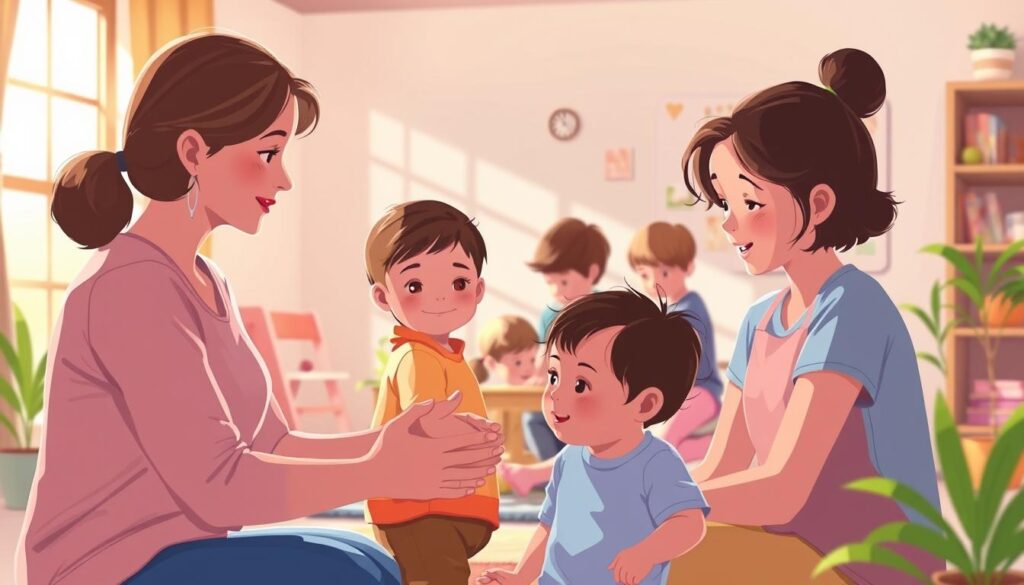
Positive discipline is more than just saying “no!” to your little one. It’s about creating a caring space where kids learn right from wrong in fun ways. Every day, you get to show your child the right path in a positive way.
Here are some great tips for teaching your preschooler discipline:
- Redirecting behaviors: If your child acts out, guide them to a better choice. For example, if they throw toys, suggest playing with a ball outside instead.
- Using “I” statements: Share your feelings by saying “I feel” instead of blaming. This helps your child understand and feel empathy.
- Setting up consistent routines: Toddlers and preschoolers love routine. Make a daily plan to help them know what’s next, making them less anxious and less likely to misbehave.
- Engaging in role-playing: Role-playing lets kids practice good behavior in different situations. You can act out scenarios together to teach them and help them solve problems.
Using these positive discipline methods helps your child learn good behavior in a fun way. It’s all about creating a supportive and encouraging home. This way, your home will be a happier place for everyone.
Addressing the “Why” Behind Behavior
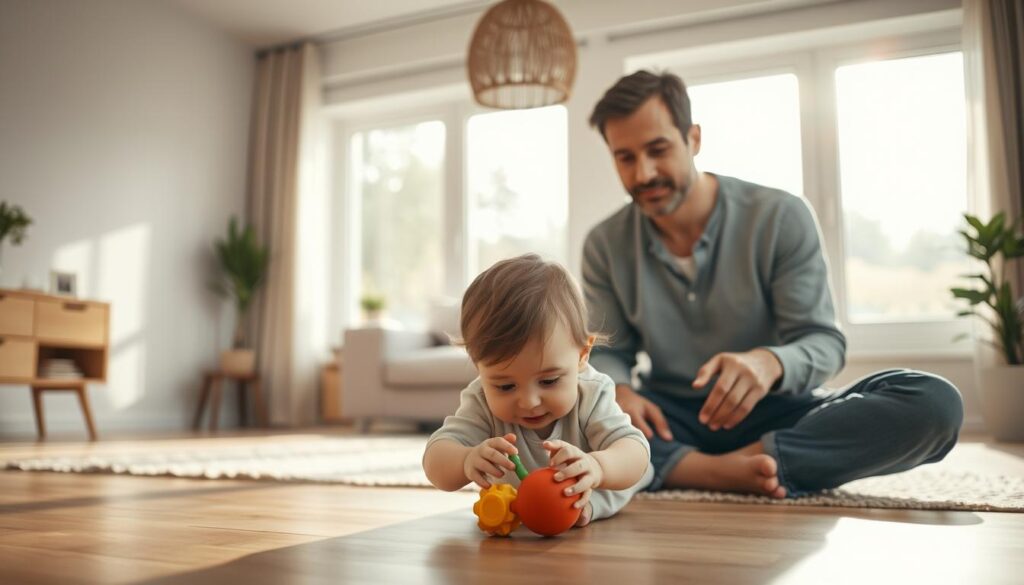
Understanding toddler behavior is like solving a puzzle. When a child acts out, it’s often because they need something or feel too much. Think about if your child is tired, hungry, or too busy.
Talking openly with your child can show what’s behind their actions. Ask them how they feel or what upset them. Questions like “How are you feeling right now?” or “What made you upset?” help you understand their feelings.
Using strategies that focus on understanding helps a lot. It makes your child feel supported. Knowing what they think helps you help them better.
Connection Before Correction
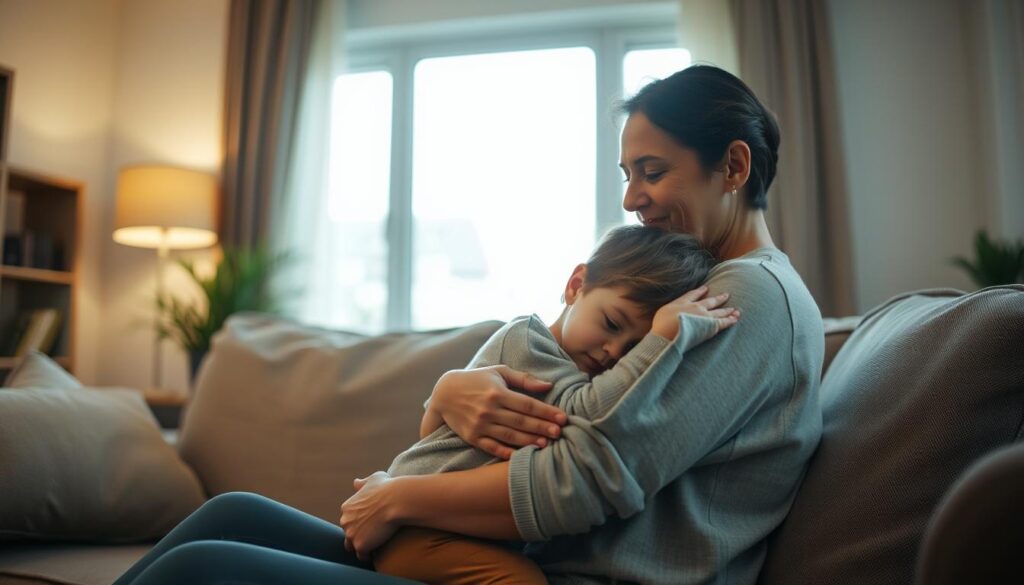
Building emotional connections with your child is key to healthy discipline. Before you address any bad behavior, spend time with your child. This helps them feel safe and more likely to listen.
By recognizing and validating their feelings, you create a safe space. Connection strategies in parenting are vital. They help build trust and openness, making guidance more effective.
Positive reinforcement works better when you connect first. Children feel supported, not punished. This encourages them to be honest and helps you understand their behavior better.
Powerful Positive Discipline Tools
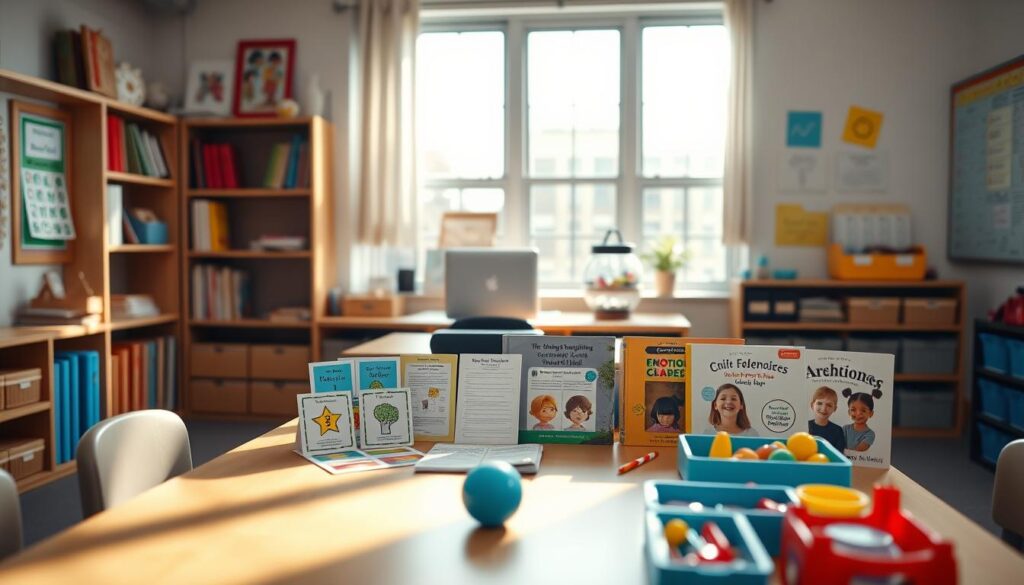
Using positive discipline resources can make parenting better. There are many tools that help with good parenting and discipline. Here are some key tools to think about:
- Setting Clear Boundaries: Kids do well with rules. Clear rules help them know what’s okay.
- Offering Limited Choices: Let your child choose between a few things. This helps them feel in control while you stay in charge.
- Implementing Natural Consequences: Let your child see what happens when they act. This teaches them about responsibility.
- Active Acknowledgment: Praise your child for good actions. Small wins are important to keep them motivated.
These tools help your child grow emotionally and make your bond stronger. Each tool is a step towards better parenting and a deeper connection with your child.
Redirection and Distraction Techniques
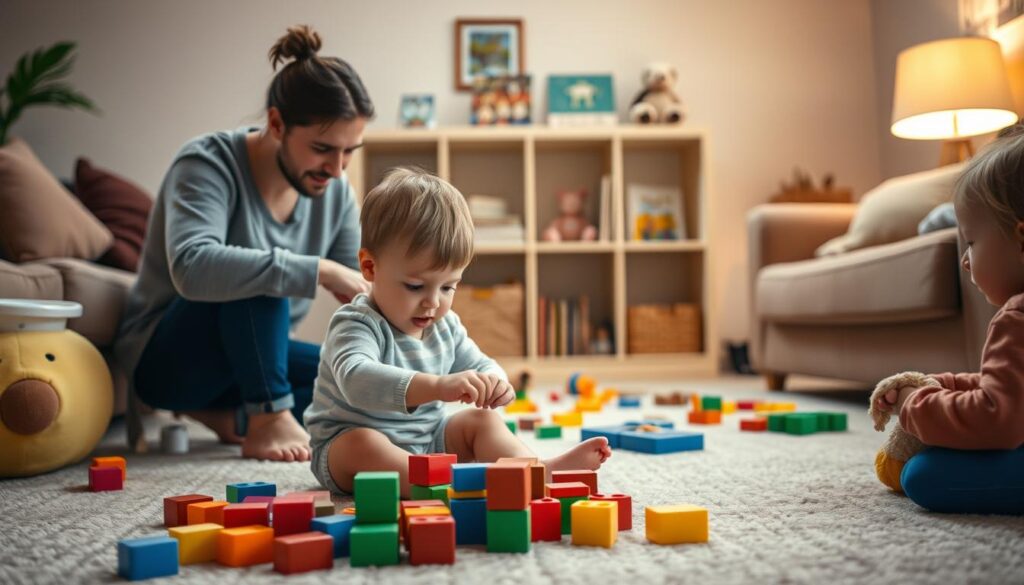
Managing toddler behavior is easier with redirection strategies. This means guiding your child away from bad behavior to good ones. It helps create a peaceful home for you and your child.
Distraction is key when your toddler gets upset or bored. It uses fun activities to take their mind off things. Your calmness helps make these methods work.
Here are some tips for managing toddler behavior:
- Find out what makes your toddler act out and offer a better choice.
- Use toys or games to grab their attention and steer them right.
- Be near your toddler and cheer them on when they make good choices.
- Keep your voice calm and your mood steady to comfort them.
- Thank them for good behavior to encourage more of it.
Time-In vs. Time-Out: When to Use Each

Knowing when to use time-in and time-out is key for good discipline. Time-in is about feeling close to your child. It helps you talk through their feelings together. Time-out, on the other hand, is a break. It lets kids calm down without distractions.
It’s important to know when to use each. Use time-in when feelings are strong. Talk about their feelings and actions. This builds their emotional smarts and helps them feel good about talking to you.
Time-out is great for giving kids a quiet moment. It’s good when they get upset or can’t handle things. Be kind and gentle when they’re in time-out. Tell them it’s okay to calm down, not to be punished.
Here are some tips to help you use these methods well:
- Check how your child is feeling before you decide.
- Choose time-in when you need to talk and connect.
- Go for time-out when they need to calm down.
Positive discipline is more than a strategy. It’s a way to change your child’s feelings and actions. It makes a place where good behaviors are encouraged and feelings are understood.
This helps your child make better choices and solve problems. It’s key for their growth and makes your bond stronger. It creates a safe space for them to grow.
Using positive discipline helps your child make good choices and solve problems. It’s important for their growth. It makes you and your child happy.
Remember, parenting is always changing. Every step you take helps your relationship and your child’s future. You’re teaching them and helping them grow.
FAQ
What is positive discipline?
How does positive discipline differ from traditional discipline methods?
What are some effective positive discipline strategies I can use?
How can I understand my child’s behavior better?
What is the importance of emotional connection in discipline?
Is positive discipline permissive?
What is redirection, and how does it work?
How do time-in and time-out differ?
Can positive discipline improve my relationship with my child?
Written by lana saleh
Best offers
Join Risk Free
Subscribe Now
100% Safe
Secure Shopping
24x7 Support
Online 24 hours
Best Offers
Grab Now
Free Shiping
On all order over
Know Us

Your go-to online destination for inspiration, guidance, and resources across various aspects of daily living, covering topics like wellness, style, home, relationships, personal development, and more, all aimed at helping you cultivate a fulfilling and intentional life
Read MoreRecent Posts


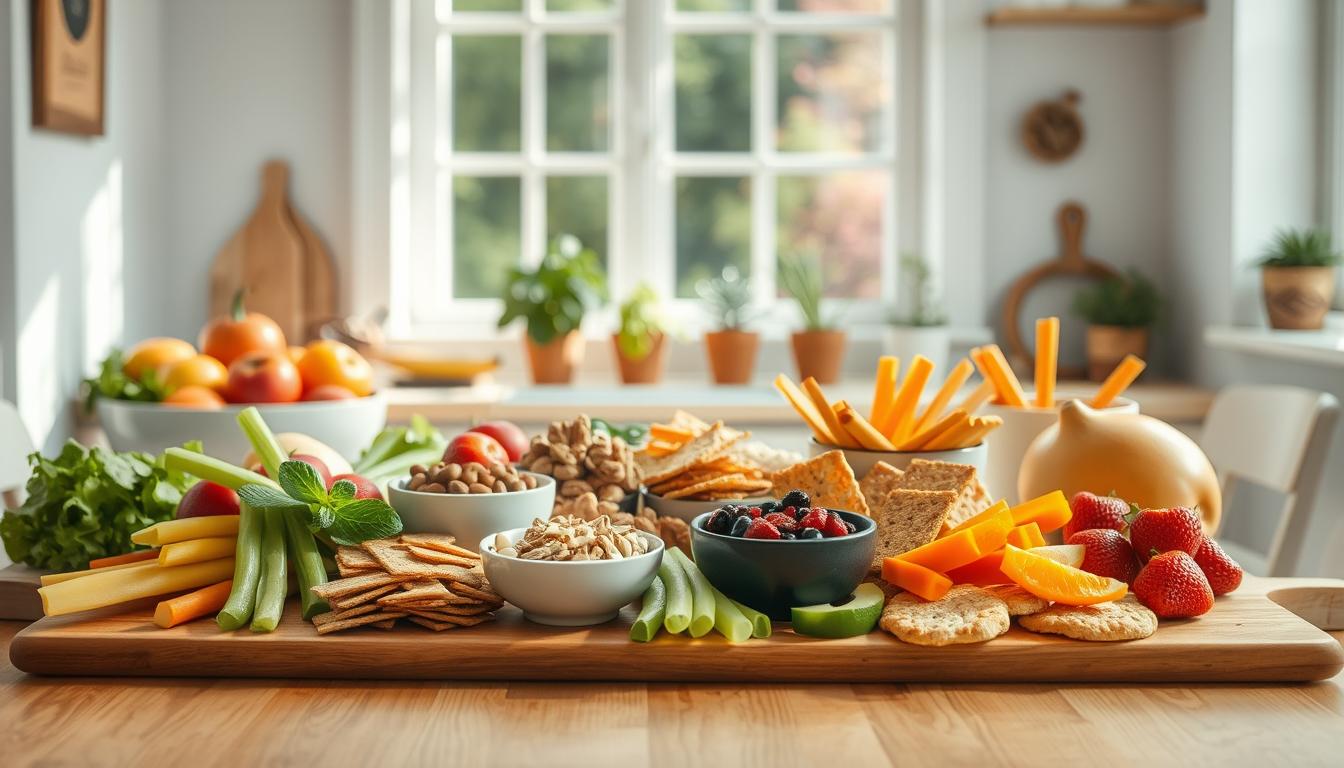
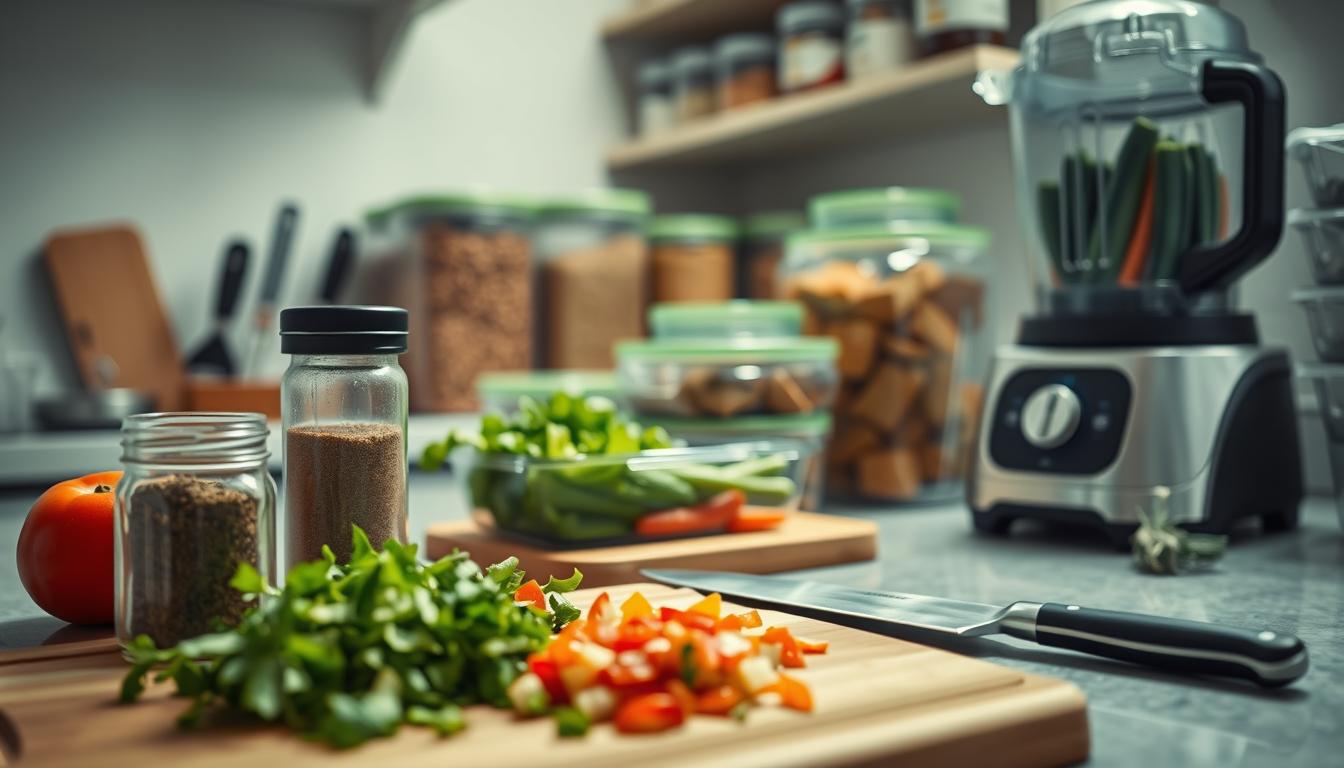
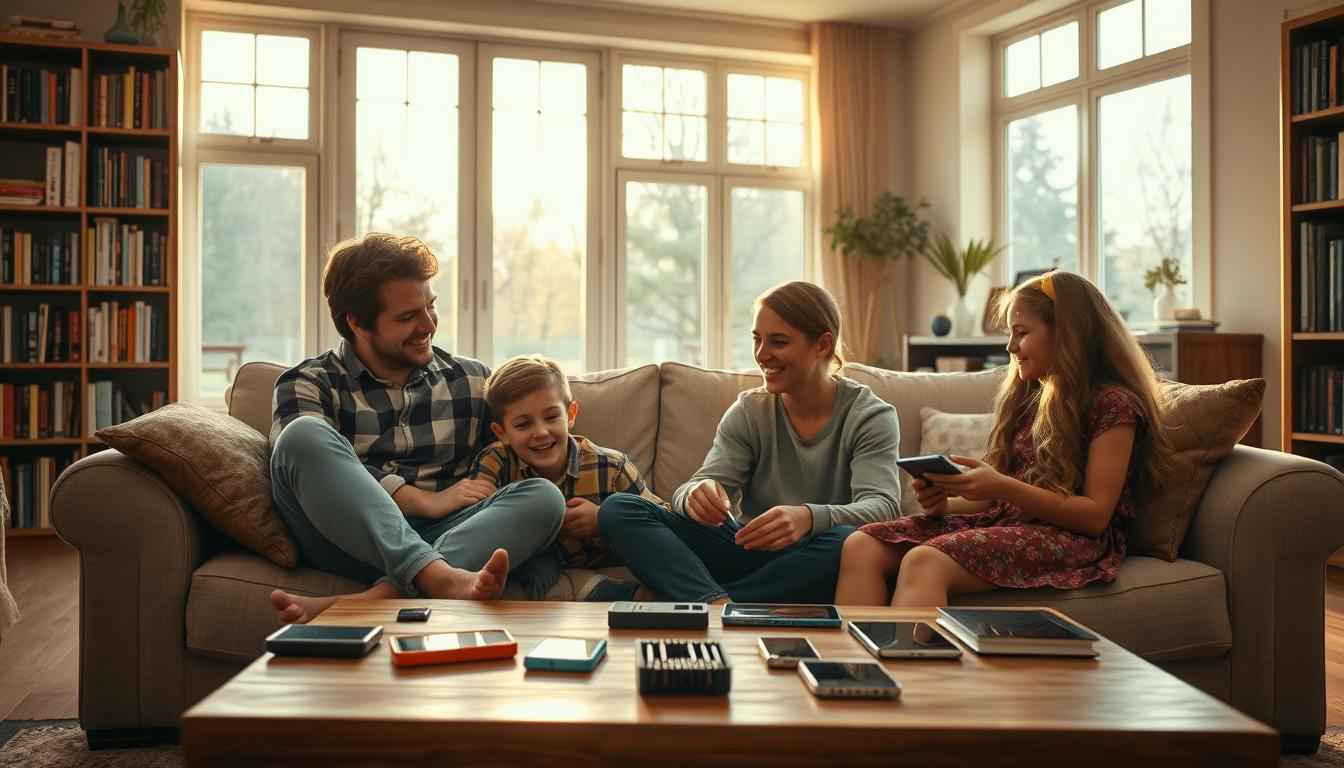


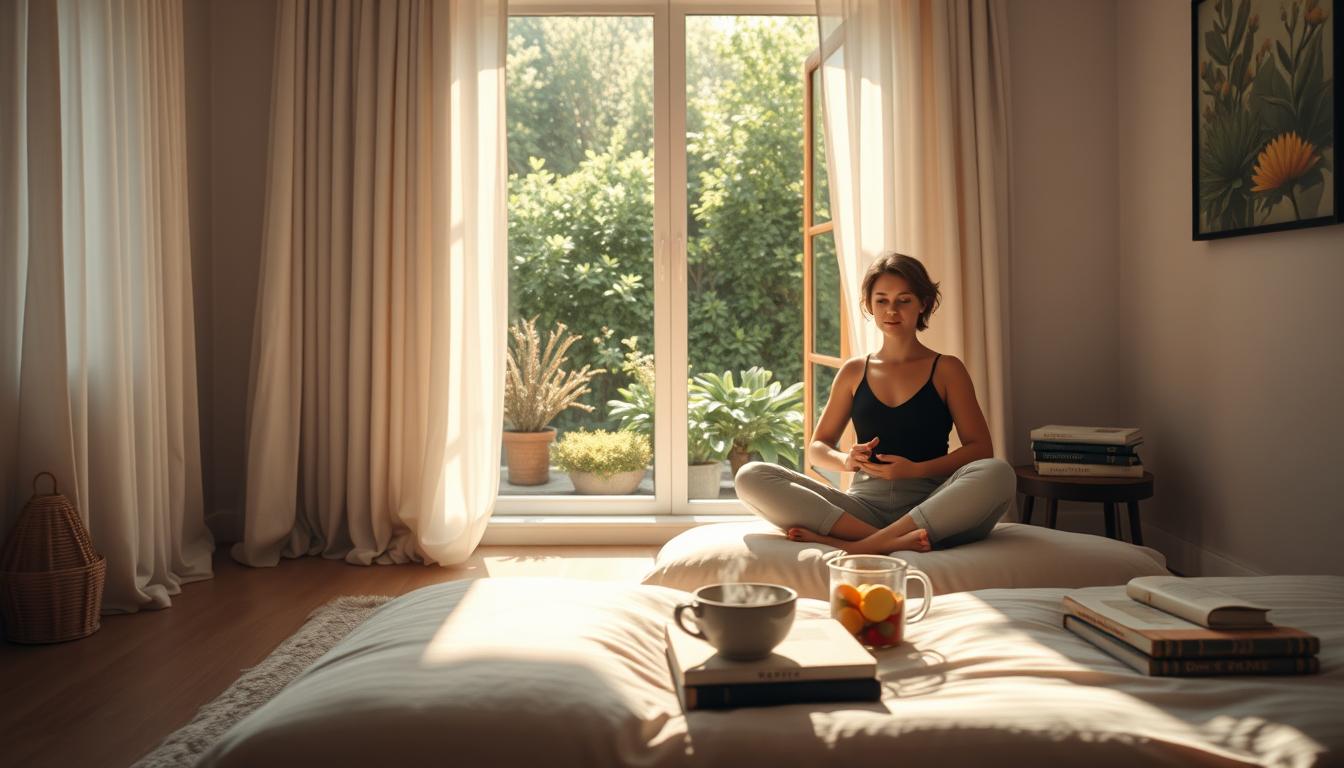
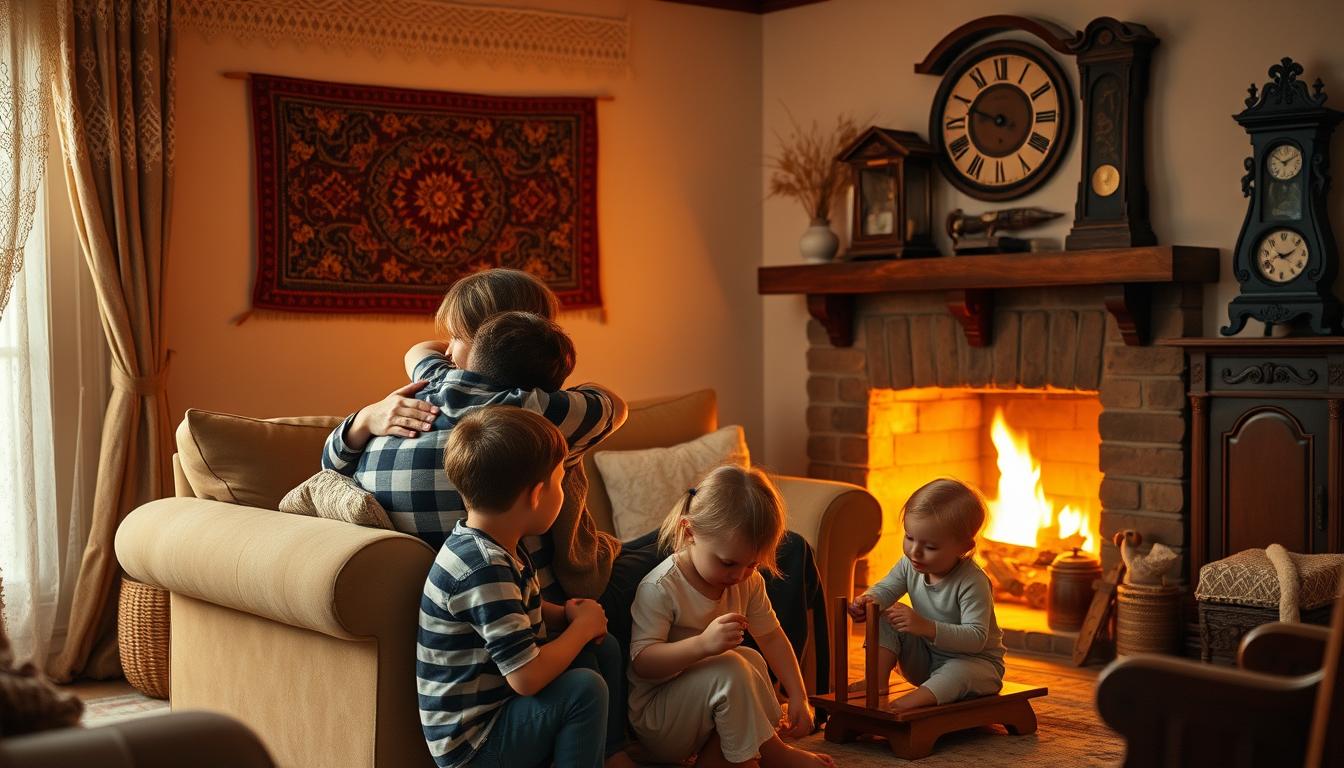

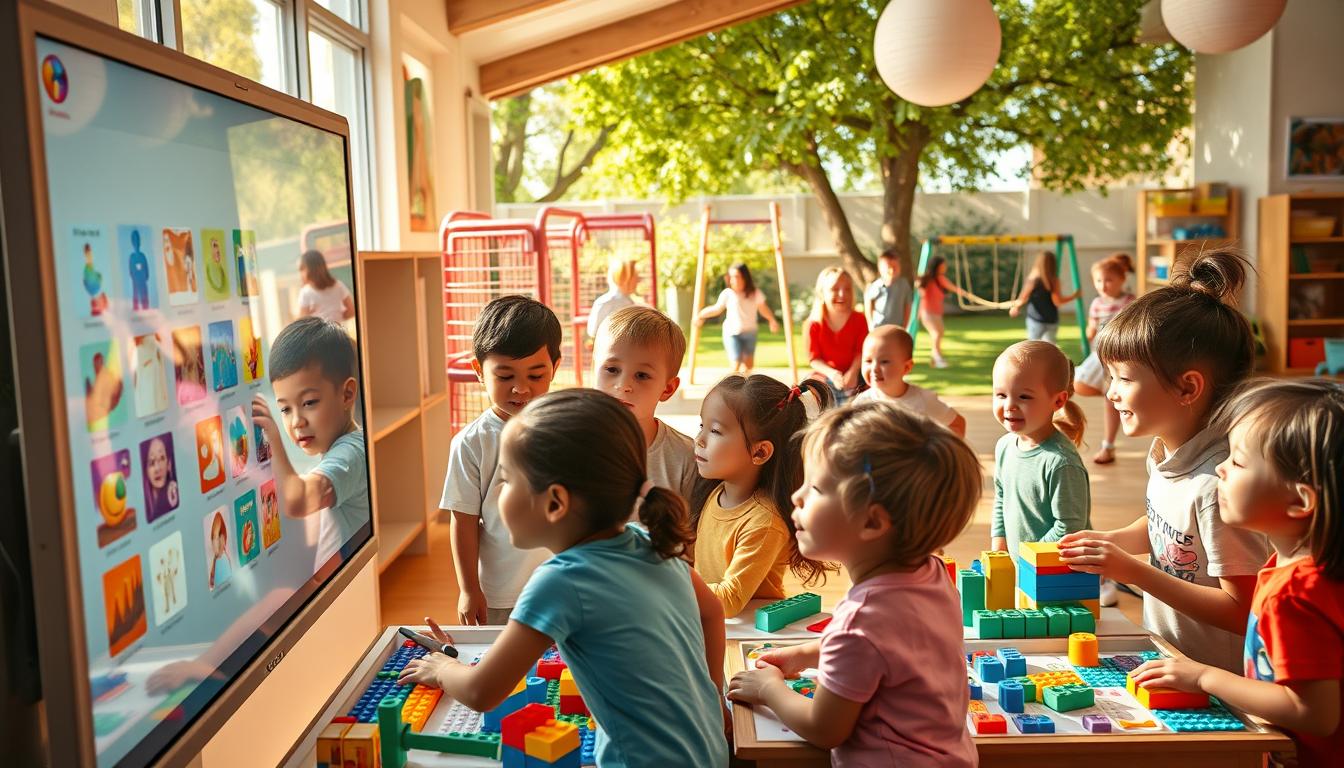
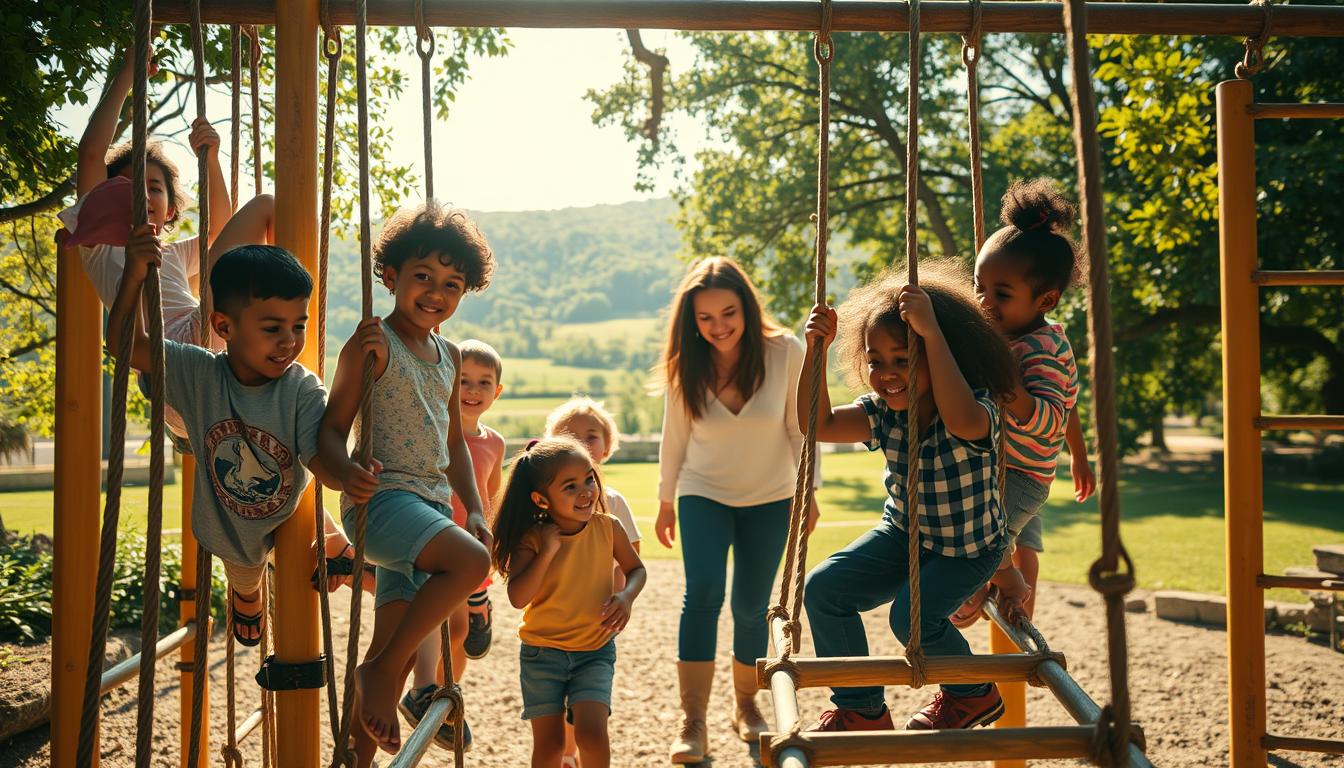
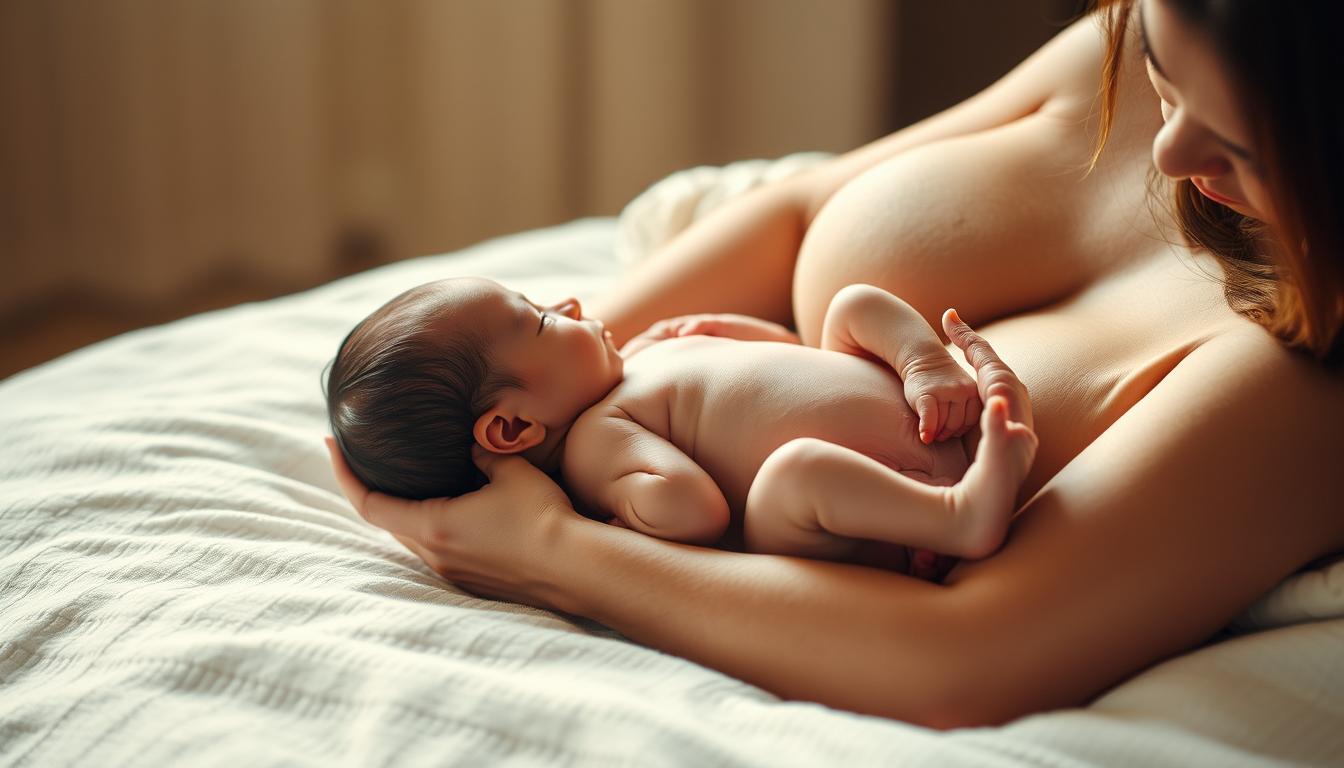









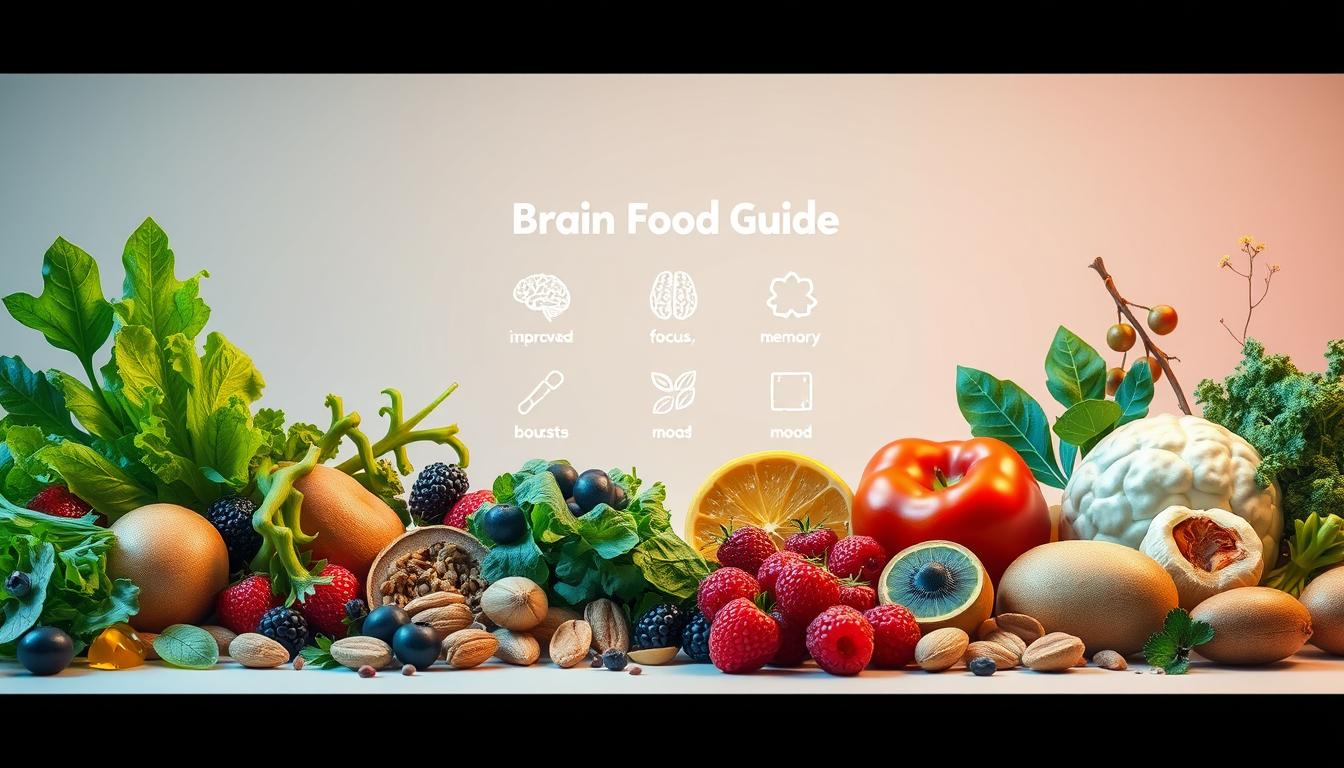

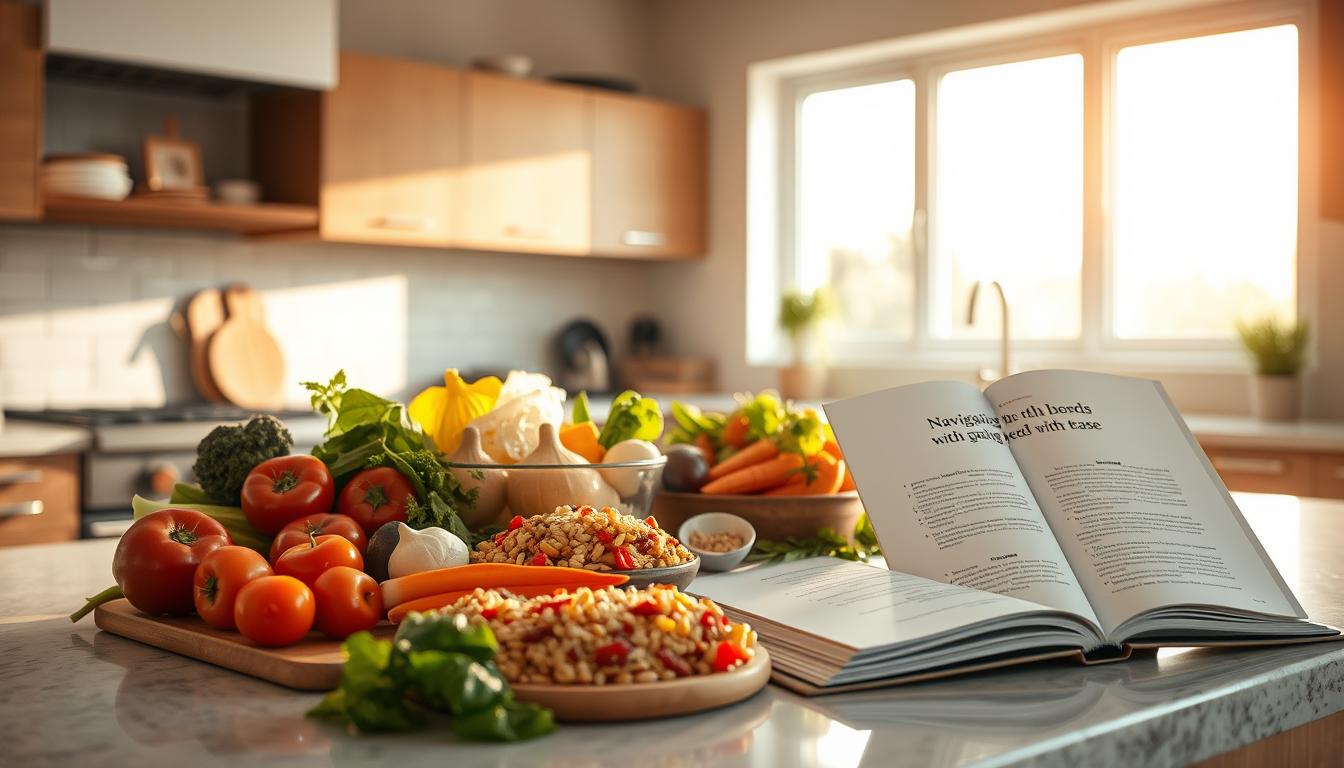

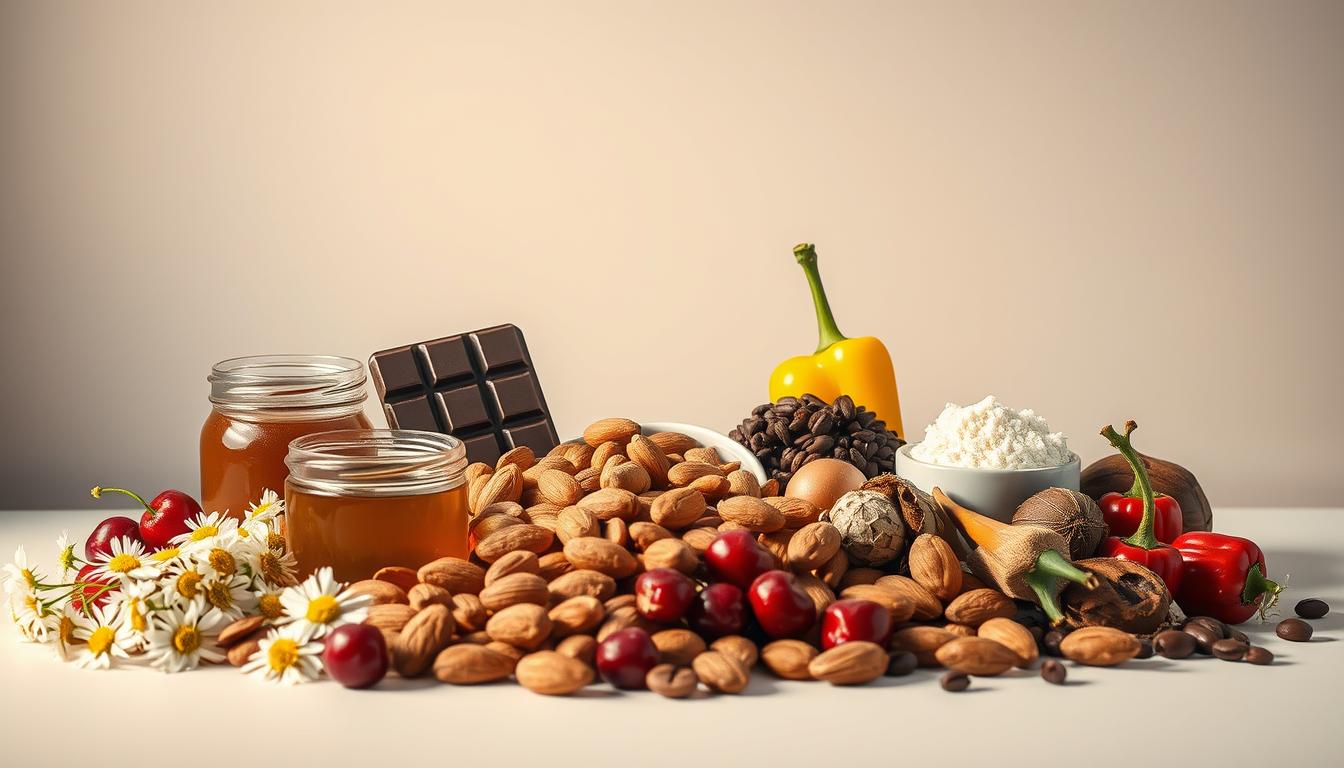


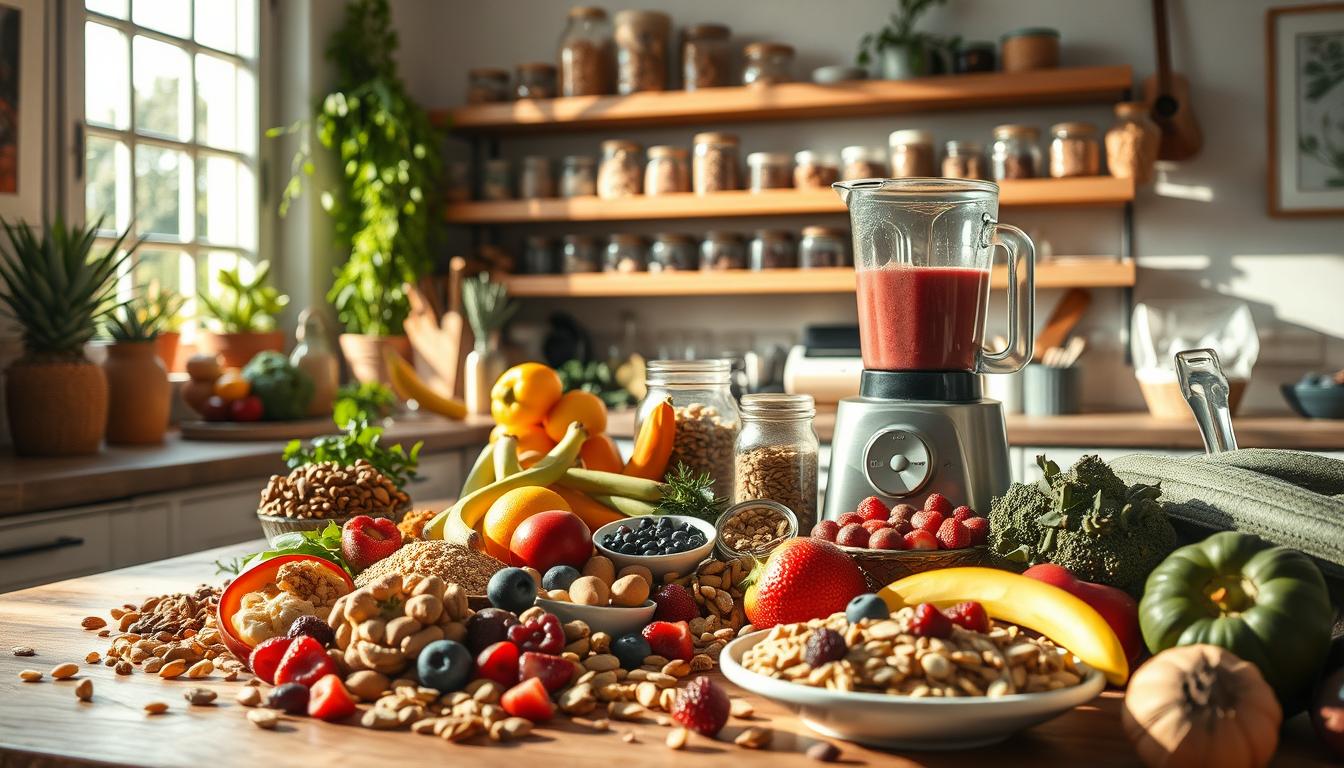


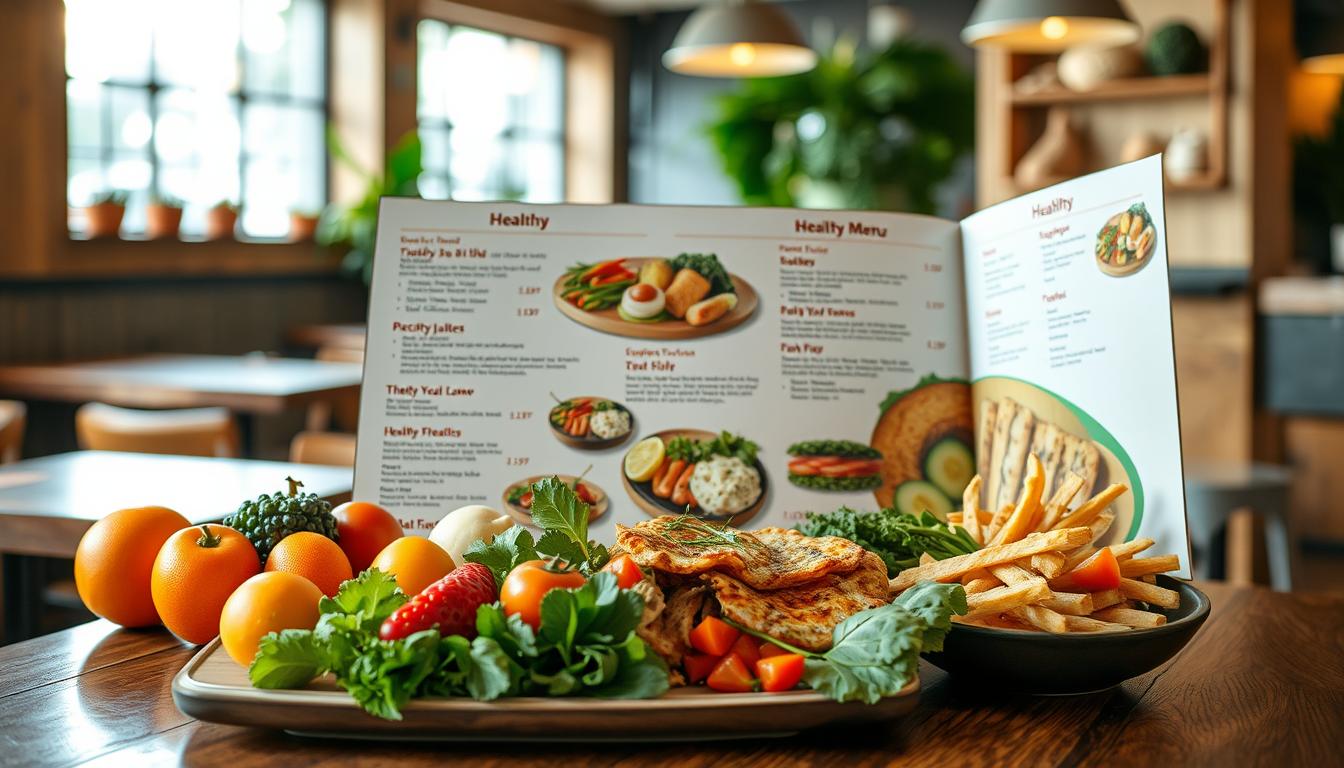




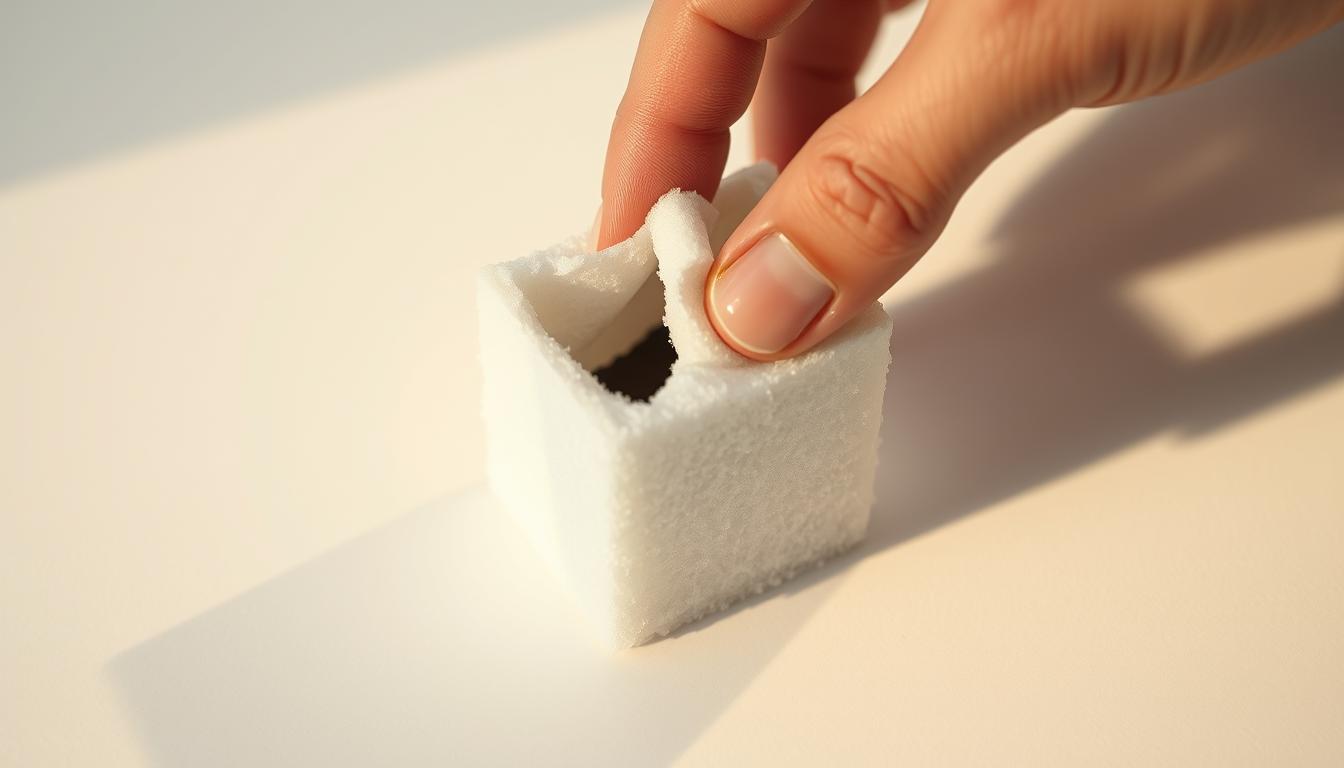
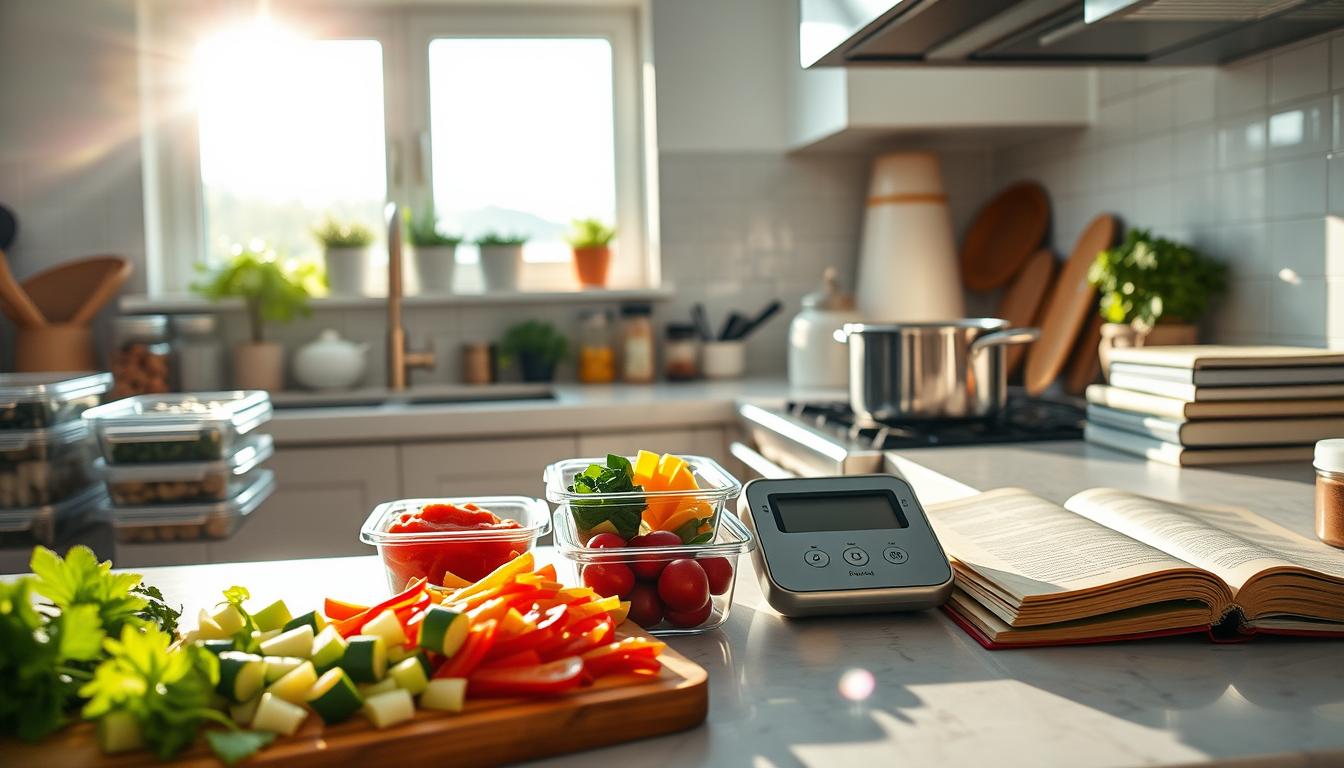
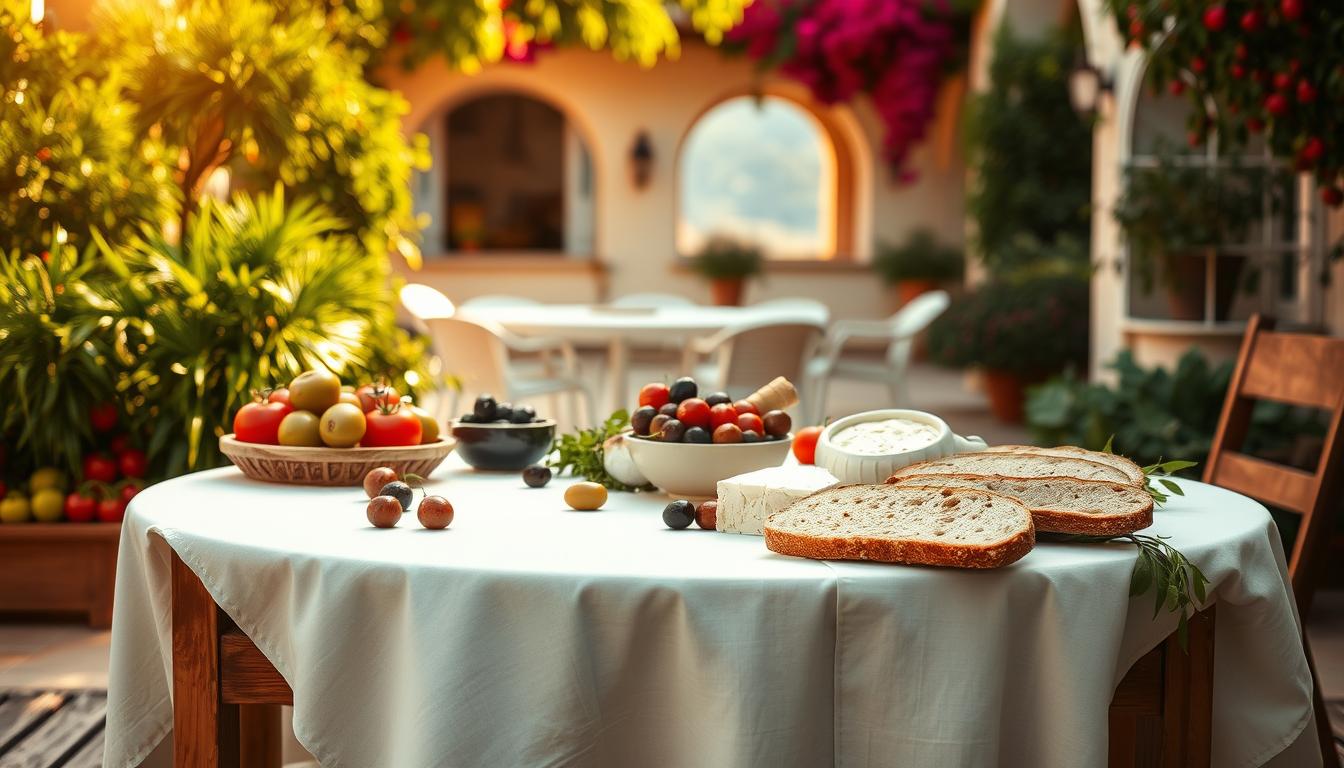
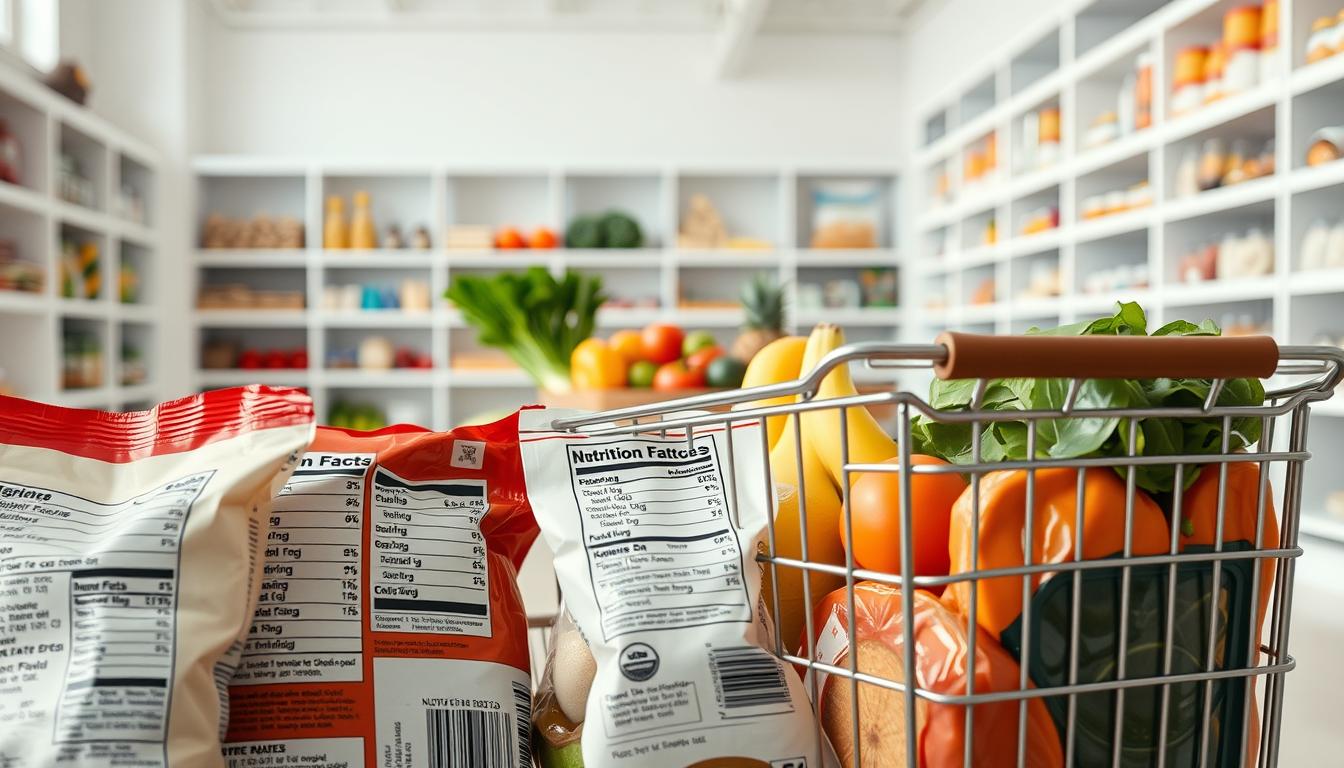
Product Showcase







